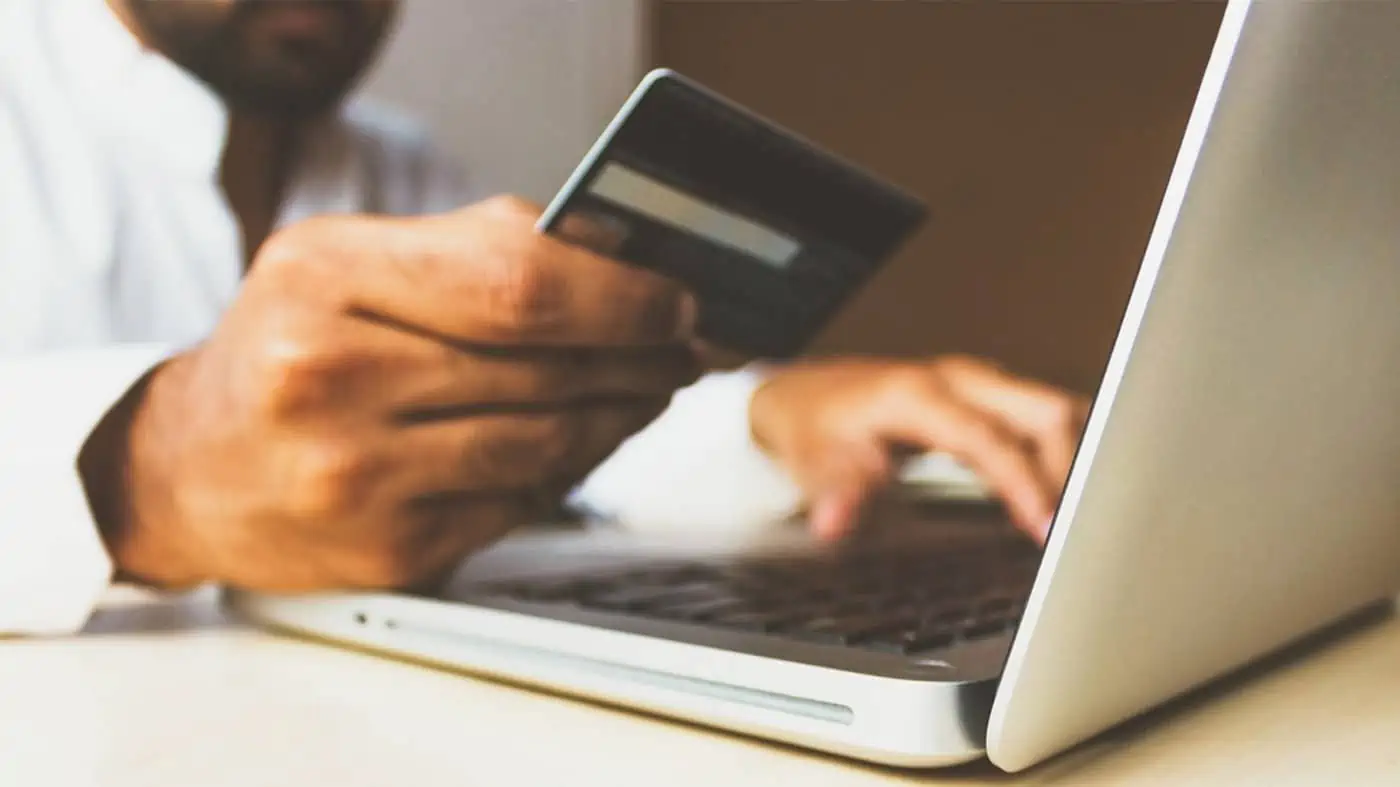Buy Now Pay Later, or BNPL, has gone from a niche payment method to one of the leading trends in the payment industry in just the past few years. One study estimates that BNPL transaction volume will reach the $680 billion mark by 2025, and it is expected to serve as the mainstream mode of payment in future as well.
The overall need to balance oversight with consumer safety, along with impending regulation will give way to the rise of all-new innovations and business models. With competition heating up and new players entering the market, banks will effectively get into the relevant action to ensure the protection of the entire market share.
Top Trends Revolutionizing the BNPL Industry
Although the concept of installment payments is not new, the concept of BNPL brings the payment method into the digital age by allowing retailers to offer installment payments for any service or product – both in-store and online.
The rapid surge in BNPL transactions has been attributed to a number of factors – from omnichannel application of the technology to its flexibility, increasing merchant adoption, and loyal young customers. Some of the latest trends to observe in the BNPL industry are:
BNPL Expanding Across Industries
There are some key differentiators between different BNPL services. This is because the model is typically based on two core aspects: ability to divide payments in equal proportions and the ability to ensure later payments. This makes the overall process easy to replicate across multiple industries. As such, BNPL companies tend to differentiate themselves by launching within new markets – whether it is fintech, travel, B2B trading, healthcare, cryptocurrency, blockchain, or insurance – and all of these industries are hopping on the BNPL bandwagon.
For example, Klarna – a leading Swedish fintech company – recently partnered with Expedia to allow travel-related customers to “travel now, pay later”. The company also acquired Inspirorock – an online travel and trip planner that makes use of AI to recommend trips to travelers based on their specific interests. Another financial company called Affirm has partnered with American Airlines to create a “fly now, pay later” concept.
BNPL technology continues to expand amongst other industries as well, like Ascend – who aims to expand BNPL commercial service with the help of payment APIs for automating end-to-end insurance related payments. Another is Walnut, a fintech startup that has worked with healthcare providers in the USA to allow patients to utilize BNPL for healthcare costs.
Banks Entering the BNPL Market
Banks are observing how some consumer loan and credit card revenues are taken over by BNPL service providers, making it the perfect time for them to enter the BNPL market. As banking is a highly regulated industry, not only are banks expected to be experienced in credit underwriting and regulatory compliance, but they should also have access to the customer base and data necessary in order to compete in the existing market.
Banks are also well-positioned to personalize BNPL offers for customers depending on their risk profile with the help of financial data. Some banks such as Revolut, Monzo, Santander, and Barclays have already paved the way for entering the BNPL market.
For example, Santander launched Zinia – its own BNPL in Germany that allows shoppers to divide their purchases into interest-free monthly payments. Monzo has also launched its own product called Flex, which allows up to 3 interest-free installments
As regulations continue evolving, one can observe a number of banks entering the BNPL market, whether it be through acquisitions, partnerships, or the development of in-house solutions. Whatever might be the marketing strategy of the banks, they will have a better chance of success if they are capable of integrating across the complete purchase journey of consumers and the integrations that they adopt will continue contributing to engagement and scale. At the same time, it will also deliver improved visibility into the credit behavior of consumers.
Open Banking Transforming Affordable Checks and Credit Risks
Most BNPL providers out there tend to use standard credit assessments such as previous repayment history and soft credit checks to determine consumer eligibility, and the practice is expected to motivate changes to regulatory oversight in the industry. For example, in the United Kingdom, the FCA or Financial Conduct Authority seeks affordability to become aligned with proper credit risk checks to balance existing risk with a satisfactory customer experience.
Fraud systems in the payment industry should be capable of analyzing data in real-time and generating accurate predictions related to credit risks without compromising on the entire merchant checkout experience. With the help of real-time open banking access to customer data, decisioning software, and predictive analysis, BNPL providers are able to successfully assess the creditworthiness of end customers. More importantly, they are able to deliver frictionless consumer experiences.
BNPL should come up with a proper Open Banking strategy for building the platform and partner with third-providers to ensure acquisitions toward regulations. Open Banking will help in transforming the manner in which affordability checks and credit risks are executed, and allow BNPL providers to ensure highly accurate lending and affordability decisions.
Conclusion
BNPL or Buy Now Pay Later is continually expanding across multiple industries and continues to compete with banks and financial institutions for revenue shares. Banks, along with large competitors making an entry into the BNPL market, should effectively look into effective strategies in order to be able to compete within the industry.

